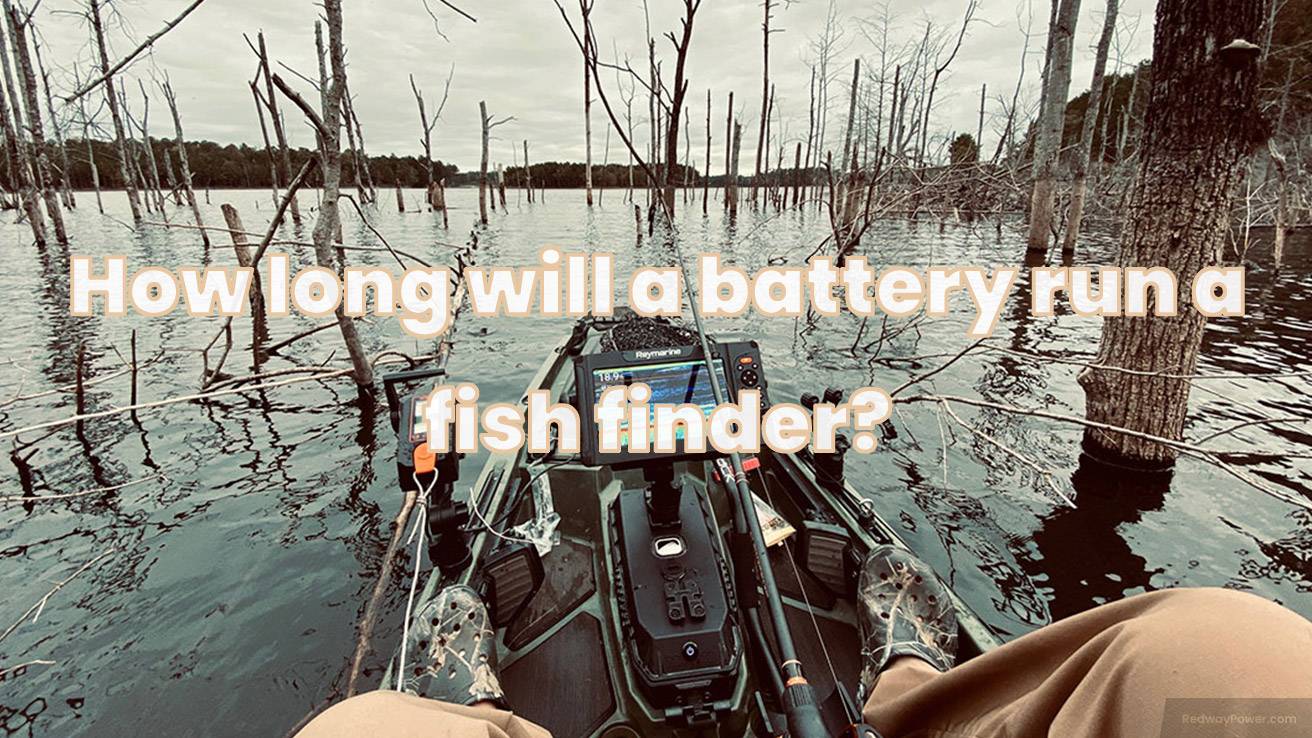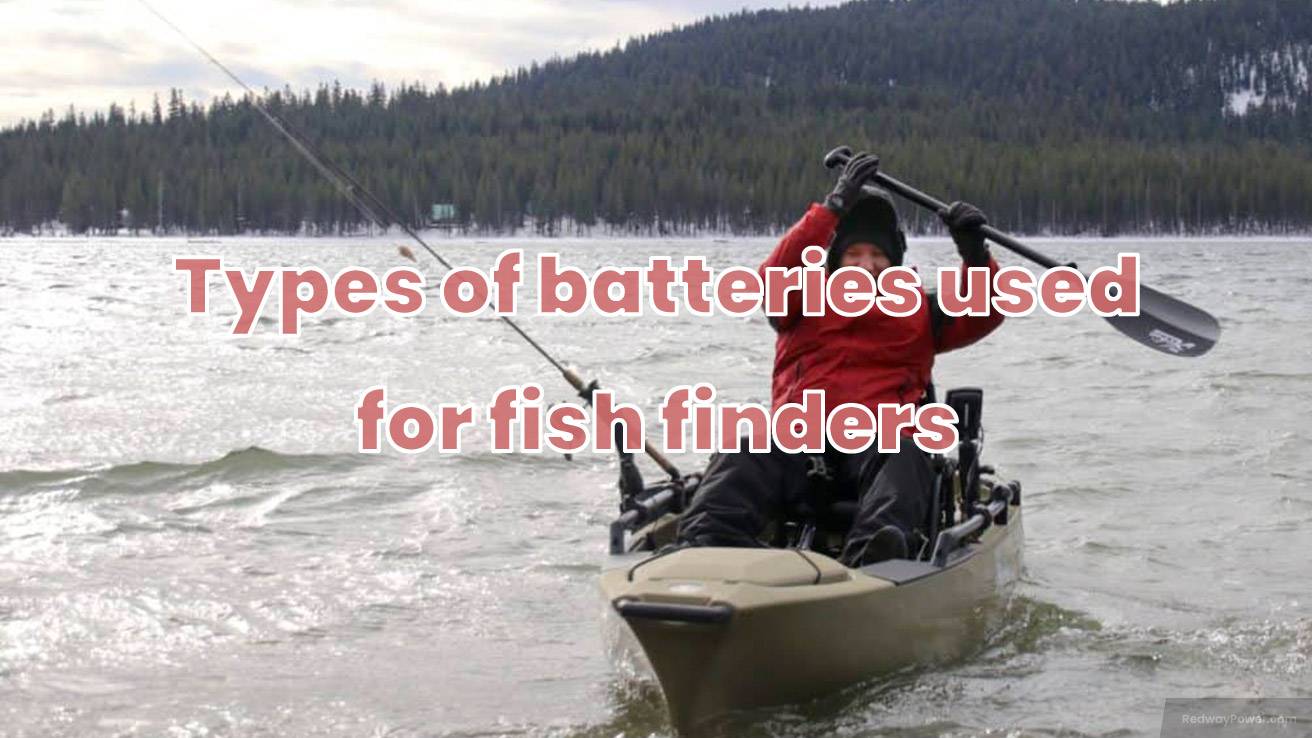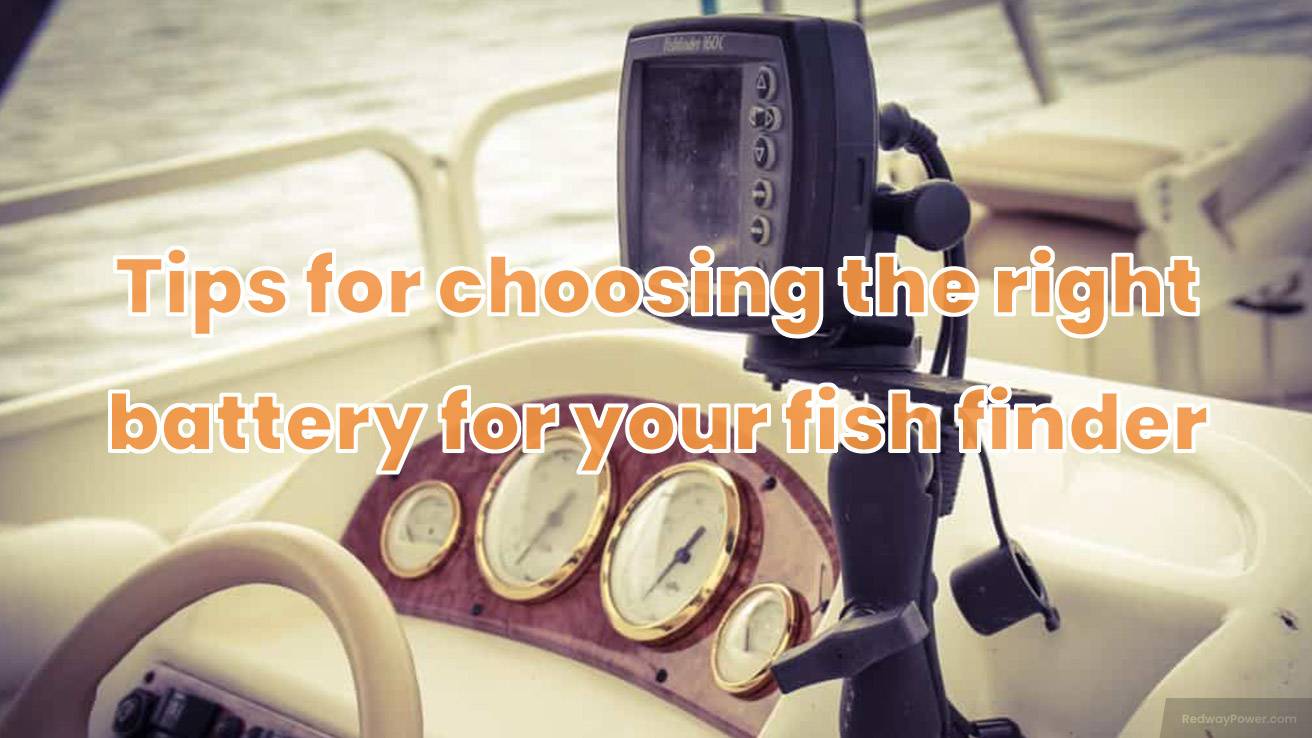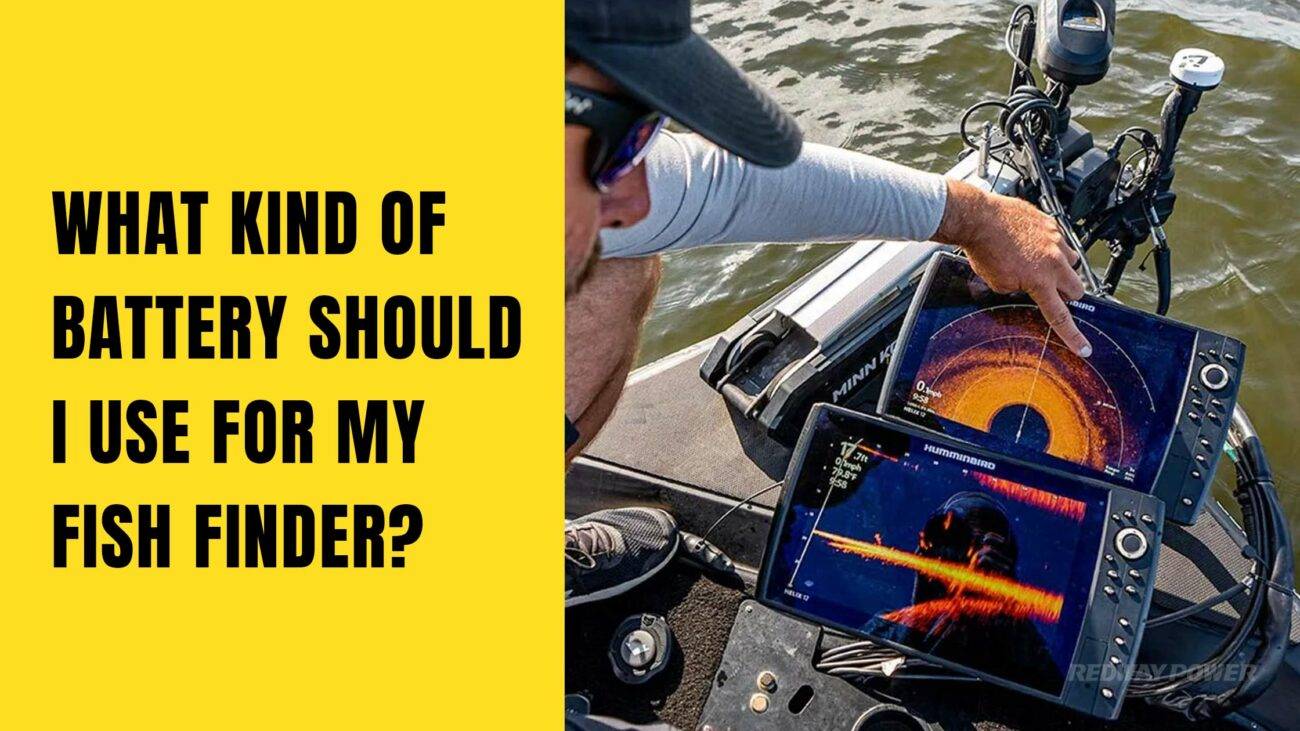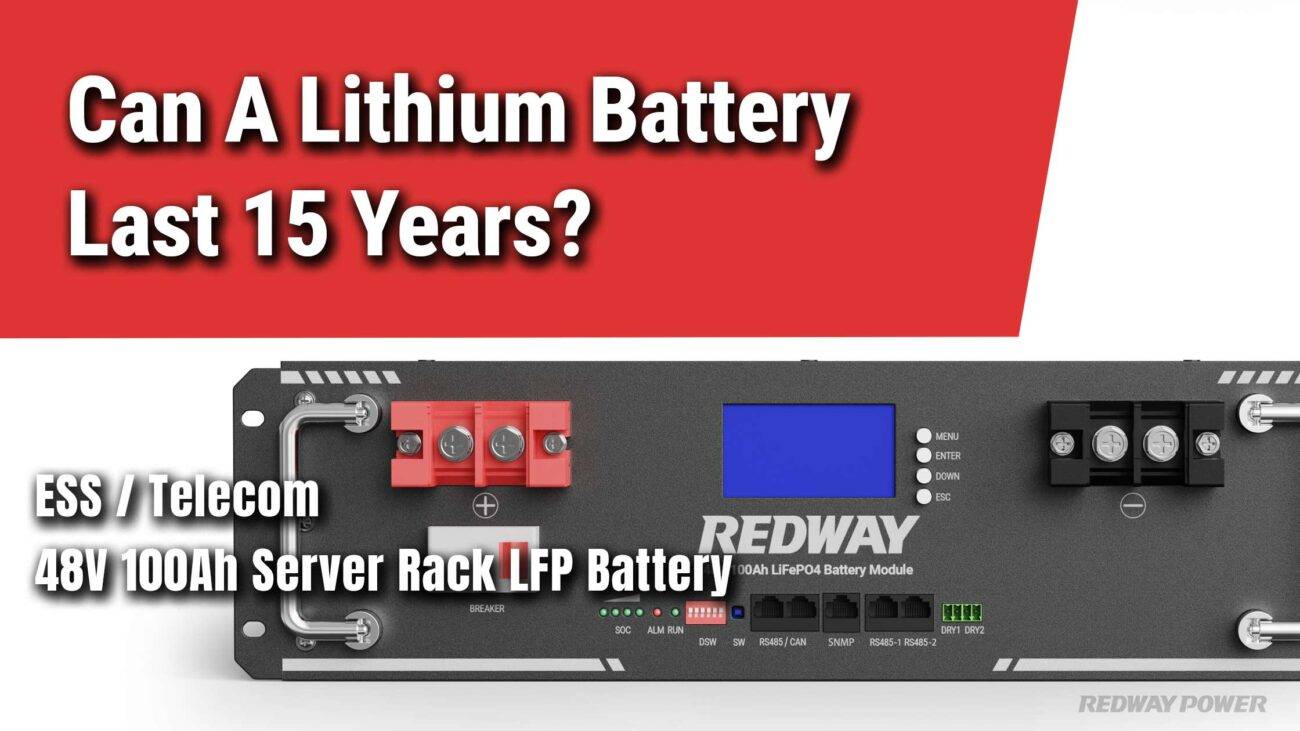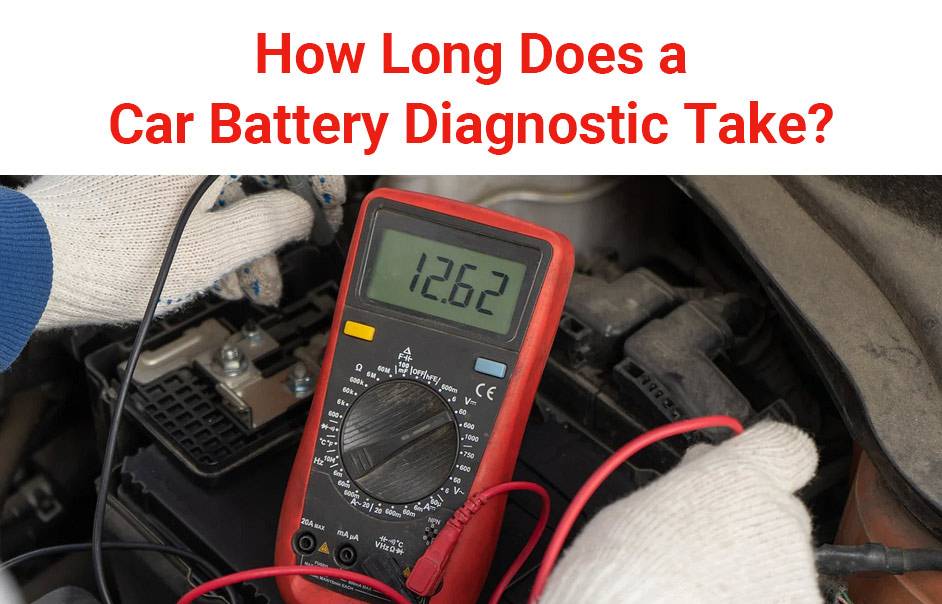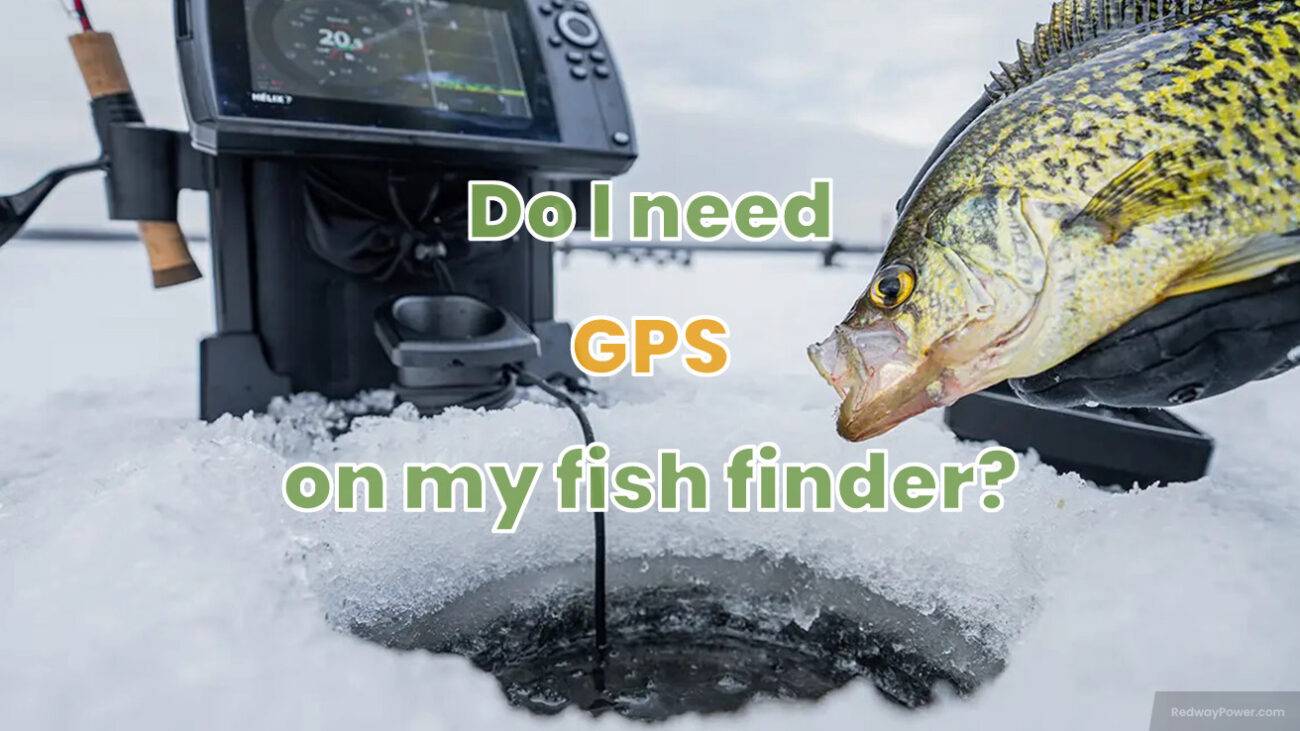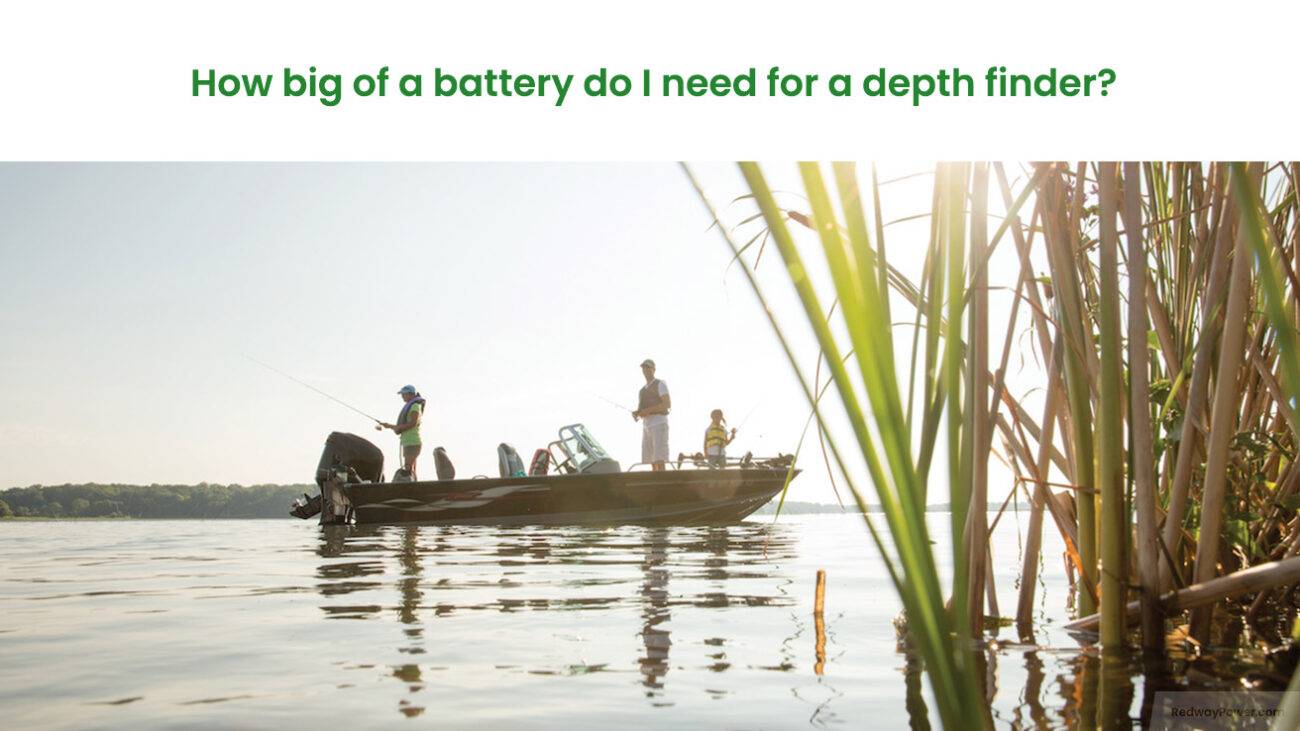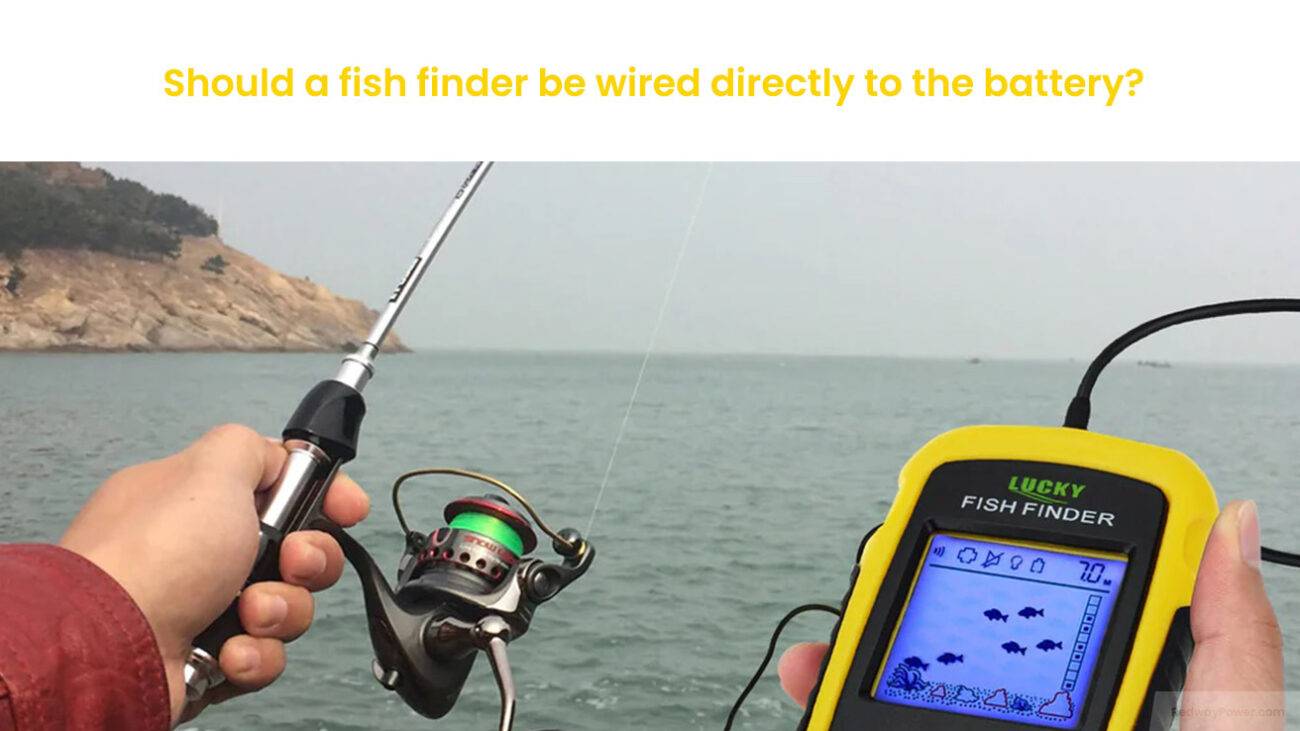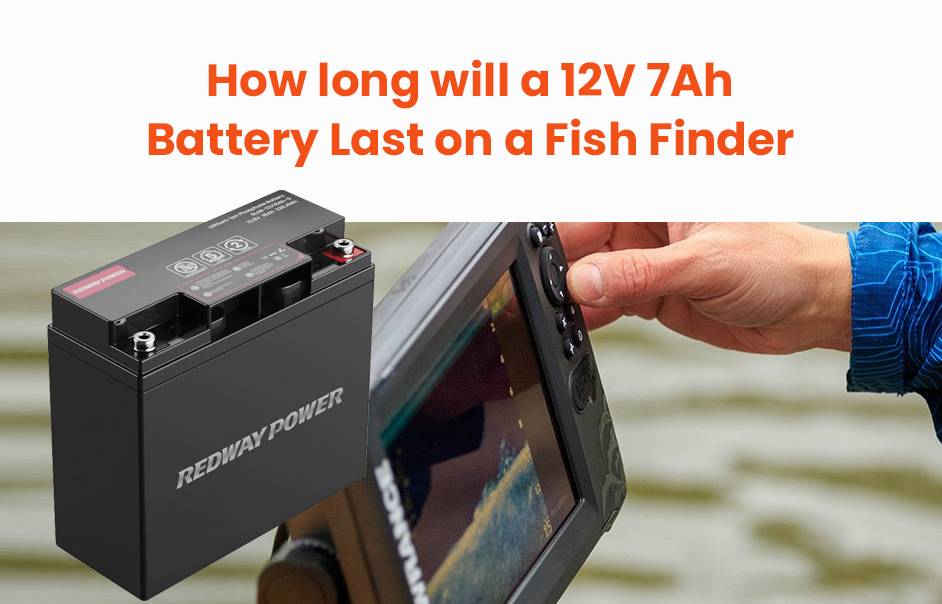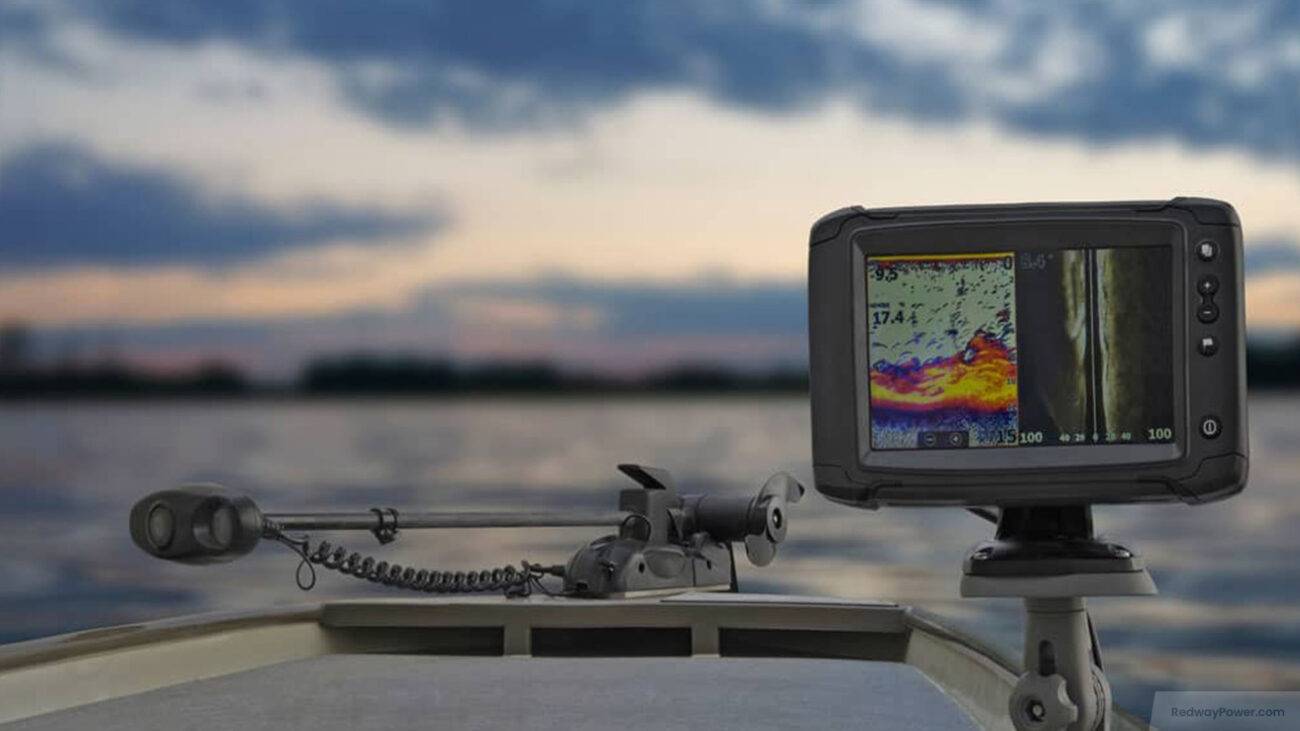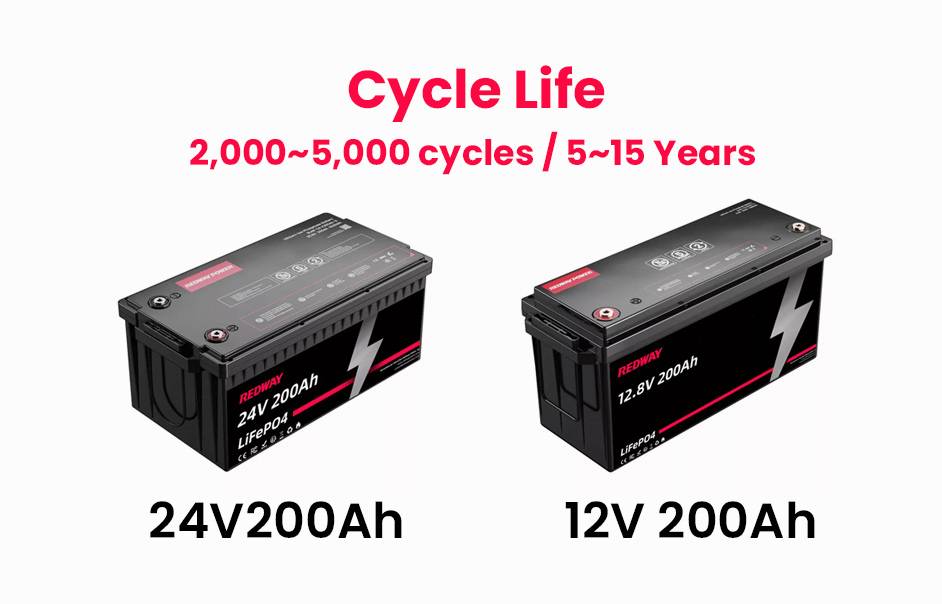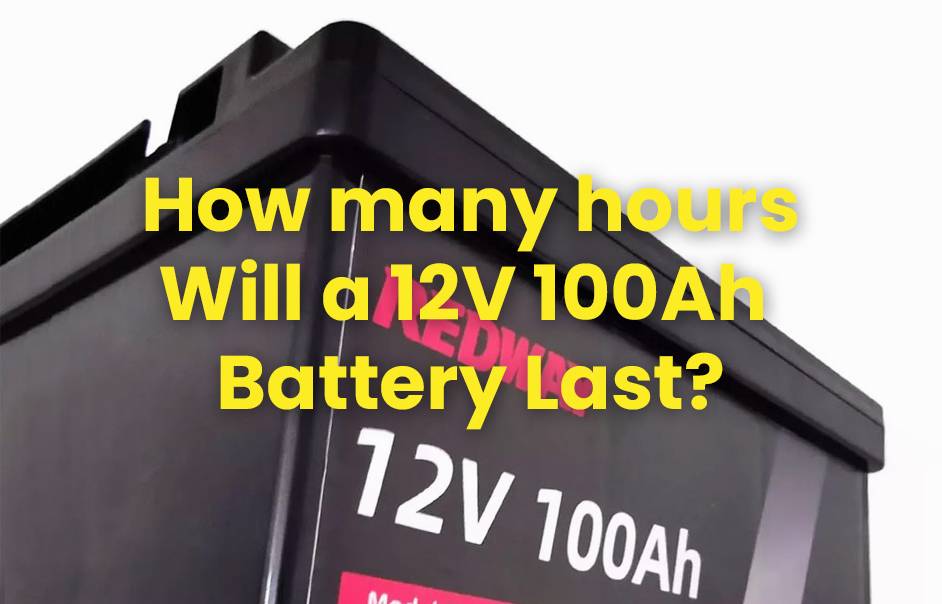Ensure your fish finder battery lasts: Fully charge before use, invest in a quality marine battery, adjust settings to conserve power, and store properly. Lithium batteries offer longer run times, with smaller ones lasting 8-10 hours and larger ones up to 30 hours. Consider voltage requirements and battery capacity for optimal performance.
The importance of a fish finder’s battery life
A fish finder’s battery life is crucial for successful fishing trips. A reliable battery ensures uninterrupted usage, optimizing sonar performance for accurate fish detection. Preventing premature endings and missed opportunities, investing in a quality battery enhances the overall fishing experience, allowing anglers to explore new spots without fear of sudden power loss.
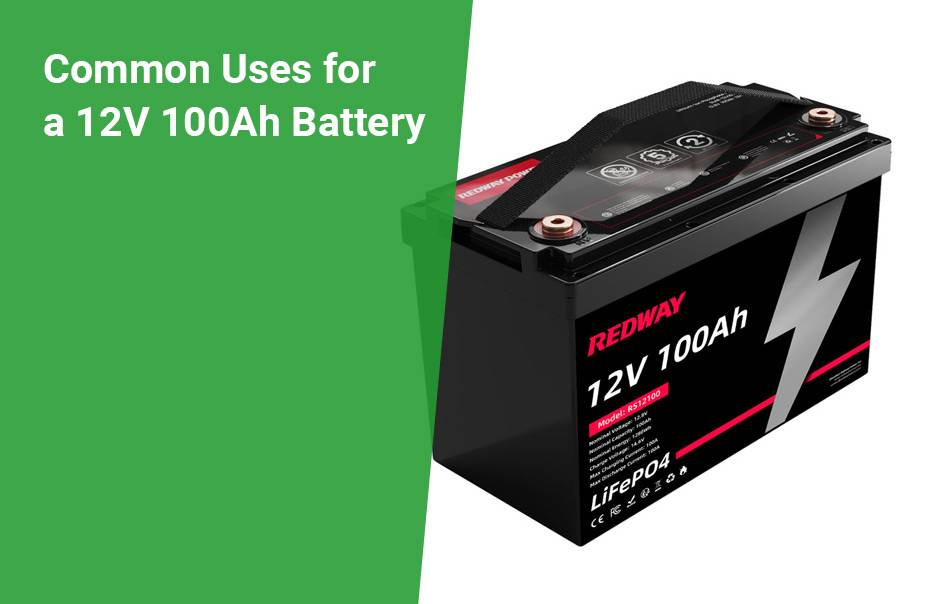
- Continuous Usage: A reliable battery ensures uninterrupted usage of your fish finder, allowing you to explore new fishing spots without the fear of sudden power loss.
- Optimized Sonar Performance: A strong battery maximizes the effectiveness of your fish finder’s sonar capabilities. With consistent power, you can accurately locate underwater creatures, increasing your chances of a successful catch.
- Preventing Missed Opportunities: A low battery not only ends fishing adventures prematurely but also hampers your fish finder’s accuracy over time. Investing in a quality battery is essential to avoid missed opportunities, such as spotting schools of fish or identifying potential hotspots.
In conclusion, having a reliable and long-lasting battery is a top priority for anglers, ensuring their fish finders perform optimally and enhancing the overall fishing experience.
Factors that affect battery life
Several factors impact fish finder battery life. Battery size and capacity play a crucial role, with larger batteries offering extended runtime. Display type influences consumption, with color displays using more power. Fishing depth and feature usage affect drainage, while environmental conditions like temperature impact overall efficiency. Considering these factors optimizes battery life for uninterrupted fishing experiences.
- Battery Size and Capacity: The size and capacity of your fish finder’s battery significantly affect its runtime. Larger batteries with higher capacities generally last longer, providing extended power for your fishing adventures. Choose a battery that aligns with your needs and fishing habits.
- Display Type: The type of display on your fish finder matters for battery consumption. Color displays tend to use more power than grayscale or black-and-white screens. Opting for a simpler display can contribute to prolonged battery life, especially if you’re mindful of power consumption.
- Depth of Fishing: Fishing in deeper waters requires more power as the fish finder works harder to send and receive signals accurately. Expect shorter battery life in deep waters, and plan accordingly for a seamless fishing experience.
- Feature Usage: Certain features and settings on your fish finder can impact battery drainage. Advanced sonar functions like side imaging or down imaging may consume more power than basic sonar modes. Balancing feature usage with energy conservation is key to optimizing battery life.
- Environmental Conditions: Environmental factors, such as extreme temperatures, can affect battery performance. Cold temperatures may reduce overall battery efficiency, while hot temperatures can lead to faster discharging. Being aware of these conditions helps you anticipate and manage battery life accordingly.
By considering these factors, you can enhance your fish finder’s battery efficiency, ensuring it lasts throughout your fishing expedition without unexpected interruptions.
Types of batteries used for fish finders
Types of batteries used for fish finders typically include lead-acid and lithium-ion options. Lead-acid batteries, available as wet cell or sealed AGM types, are common and cost-effective but require maintenance. Lithium-ion batteries offer high energy density, longer run times, and a longer lifespan, albeit with a higher upfront cost. Other options like Nickel-Metal Hydride and Alkaline batteries are also available, each with its own considerations.
- Lead-Acid Batteries:
- Overview: Common and affordable.
- Types: Wet cell and sealed AGM.
- Pros and Cons: Wet cells are cost-effective but require maintenance; AGM batteries are maintenance-free but more expensive.
- Lithium-Ion Batteries:
- Overview: High energy density, longer run times.
- Advantages: Lightweight, compact, longer lifespan.
- Consideration: Higher upfront cost.
- Nickel-Metal Hydride (NiMH) Batteries:
- Overview: Good power output, rechargeable without “memory effect.”
- Cost: More expensive than lead-acid, less than lithium-ion.
- Alkaline Batteries:
- Usage: Backup for portable fish finders without access to electrical outlets.
- Consideration: Less common but practical for on-the-go use.
Choosing the ideal battery involves considering factors like budget, desired runtime, weight, and charging preferences. Assess your specific needs to make an informed decision for an efficient and reliable fishing experience.
How to extend battery life
Extend your fish finder battery life with these tips: Fully charge before use, invest in a quality marine battery, optimize settings to conserve power, and store properly. Neglecting these steps can lead to unexpected power loss during crucial moments. Ensure longer fishing trips with a reliable battery.
- Full Charge Before You Go:
- Charge your battery completely before hitting the water to prevent unexpected power loss.
- Many anglers overlook this step, leading to dead batteries during crucial moments.
- Invest in a Quality Marine Battery:
- Opt for a high-quality marine battery designed specifically for fish finders.
- These batteries are more durable and longer-lasting, providing reliability during extended fishing trips.
- Optimize Fish Finder Settings:
- Adjust settings like screen brightness and sonar scanning to conserve power.
- Turn off the fish finder when not actively in use to avoid unnecessary drainage.
- Proper Storage:
- Store your battery in a cool, dry place when not in use to prevent performance issues.
- Extreme temperatures can negatively impact battery performance, so take care in storing it appropriately.
By incorporating these tips into your fishing routine, you’ll ensure a longer lifespan for your fish finder’s battery, allowing you to focus on reeling in the big catches without worrying about power disruptions.
Tips for choosing the right battery for your fish finder
Choosing the right battery for your fish finder is essential for uninterrupted fishing. Consider voltage requirements, battery capacity, weight, and battery type. Opt for lightweight batteries with higher capacities, like lithium-ion, for extended runtime. Prioritize compatibility and performance to enhance your fishing experience.
- Check Voltage Requirements:
- Verify your fish finder’s voltage requirements; most operate on 12 volts, but always refer to the manufacturer’s recommendations.
- Confirming the correct voltage ensures compatibility and optimal performance.
- Evaluate Battery Capacity:
- Examine the battery’s capacity measured in ampere-hours (Ah) to determine its energy-holding capability.
- Opt for a higher Ah rating for extended run time, especially if planning longer hours on the water.
- Consider Weight and Portability:
- Prioritize lightweight batteries to avoid cumbersome additions to your boat or kayak.
- Find a balance between weight and power to ensure convenience during your fishing expeditions.
- Choose the Right Battery Type:
- Explore different battery types, including lead-acid (flooded or AGM), lithium-ion (LiFePO4), and sealed gel batteries.
- Consider factors such as cost, maintenance requirements, longevity, and performance to determine the best fit for your needs.
By keeping these considerations in mind, you’ll be equipped to choose a fish finder battery that provides reliable power, enhancing your overall fishing experience.
Real-life examples of how long different batteries can run a fish finder
Discover how different batteries impact fish finder runtimes: Small Lithium Battery (12V 6Ah) powers basic finders for 8-10 hours. Larger Lithium-Ion Battery (12V 30Ah) lasts 25-30 hours, ideal for longer trips. High-Capacity Marine Lithium Battery (12V 100Ah) powers for several days. Choose based on fishing duration and portability needs for uninterrupted angling adventures.
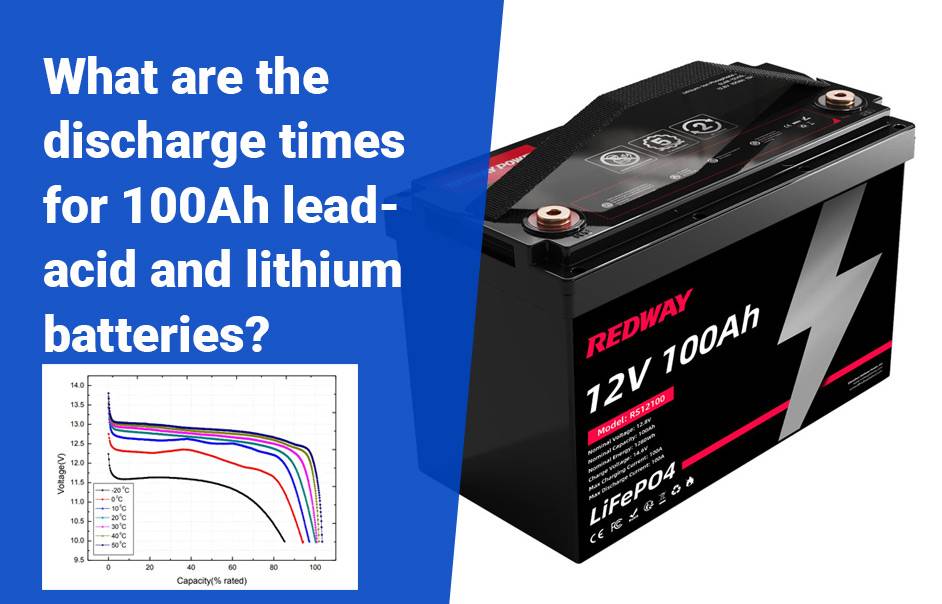
- Small Lithium Battery (12V 6Ah):
- Powers a basic fish finder for approximately 8~10 hours.
- Ideal for short fishing sessions or day trips due to its compact size.
- Larger Lithium-Ion Battery (12V 30Ah):
- Extends fish finder power to around 25~30 hours.
- Suitable for longer fishing excursions spanning multiple days.
- High-Capacity Deep-Cycle Marine Lithium Battery (12V 100Ah Group 24):
- Offers extended usage, potentially powering a fish finder for several days.
- Ideal for anglers on extended fishing trips without immediate access to recharging facilities.
Remember, these estimates are approximate and can vary based on factors like screen brightness and usage frequency. Carrying spare batteries or ensuring access to charging is advisable for uninterrupted fishing adventures. Choose a battery type that aligns with your specific needs, whether focused on portability or extended longevity, to enhance your angling experiences.

